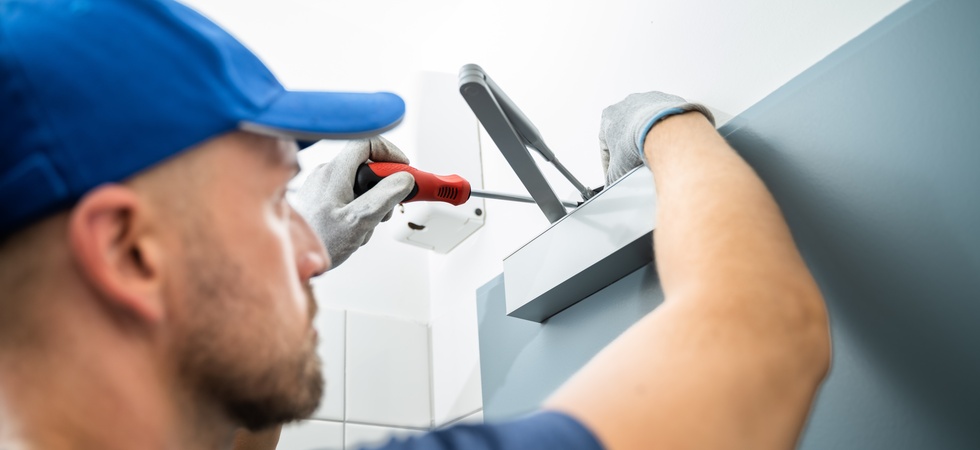Keep Your IT Infrastructure Up Through Natural Events
When a hurricane is bearing down or an earthquake suddenly jolts the ground, safeguarding your IT infrastructure becomes paramount. Disasters like these don’t always announce themselves or give you ample time to act, and the damage they leave behind can disrupt operations indefinitely. Make sure you’re ready with these tips.
Build in a Strong Location
Building your structure in an area prone to hurricanes, earthquakes, or tornadoes increases vulnerability. Seek out areas with a lower likelihood of natural disasters whenever possible.
If relocation isn’t an option, invest in constructing or modifying facilities to withstand extreme weather. Fortify walls, reinforce roofs, and consider impact-resistant windows to protect what’s inside. Your building’s strength can make sure your IT infrastructure stays standing through natural events that would otherwise bring it all down.
Get the Right Server Racks
Seismic server racks protect servers from unexpected movement and vibrations caused by events like earthquakes. Their reinforced frames and design keep servers securely in place, reducing the risk of costly damage.
Standard racks simply don’t provide adequate protection when nature proves unpredictable. Investing in seismic racks ensures your technology remains intact.
Have Backups in Place
Relying solely on a single onsite solution is a risk you can’t afford to take. Whether you choose off-site storage in a separate, secured location or a strong cloud-based solution, redundancy mitigates damage when primary systems are compromised. If disaster strikes, those backups might be your only path to recovery.
Rely on Uninterruptable Power Supplies
Natural events often result in power outages, and IT systems don’t recover gracefully when power abruptly cuts off. Uninterruptible Power Supplies (UPS) are essential to keeping your IT infrastructure up through natural disasters that can cause power outages.
Furthermore, they bridge the gap between losing main power and switching to a backup generator or safely shutting systems down. Even just a few minutes of sustained power can prevent data corruption, hardware damage, and disruptions to critical operations.
Test Your Disaster Recovery
Simulate scenarios to uncover weak points and take corrective action. This proactive approach reduces the risk of failure under real-world pressure. Regular testing ensures your disaster recovery plan keeps systems running during chaos.
Preparing for the unknown is vital to your organization’s longevity. Build, invest, and refine your systems with intention. The foresight you exhibit today safeguards your operations tomorrow. Waiting until disaster strikes isn’t an option; start strengthening your IT infrastructure now.

